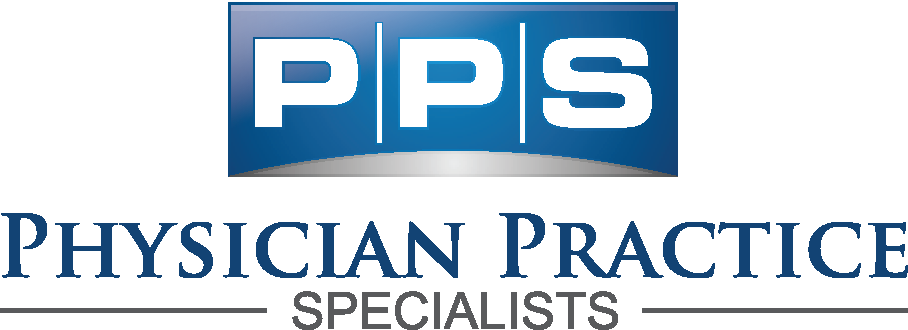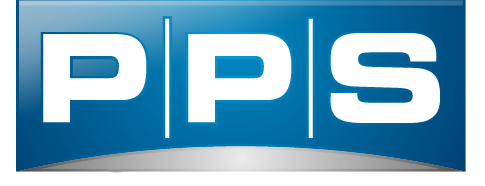Starting a medical practice involves meticulous planning and organization. Here is a comprehensive outline based on our checklist. In addition to this basic outline, we have also provided an expanded version along with source material below.
1. Initial Planning and Legal Considerations
- Select Legal Counsel: Hire legal counsel to assist with the start-up details, including business formation and compliance.
- Obtain Professional License: Ensure you have the necessary professional licenses to operate your practice.
- Determine Practice Entity Type: Decide on the legal structure of your practice (e.g., sole proprietorship, partnership, corporation, LLC).
2. Financial Planning
- Develop a Business Plan: Create a detailed business plan outlining your practice’s goals, target market, services, and financial projections.
- Secure Financing: Obtain funding through loans, investors, or personal savings.
- Set Up Accounting Systems: Establish accounting and bookkeeping systems to manage finances.
3. Location and Facility Setup
- Choose a Location: Select a suitable location based on accessibility, visibility, and proximity to other healthcare providers.
- Lease or Purchase Property: Negotiate and finalize the lease or purchase of your practice location.
- Design and Renovate: Plan the layout and design of your office. Hire contractors for necessary renovations and ensure the facility meets all healthcare regulations.
4. Regulatory Compliance
- Register with State and Federal Agencies: Obtain necessary registrations and IDs, including NPI and EIN.
- Incorporate your Payer Mix in Business Plan: Unsure of your top payers and their status, schedule your free consultation with one of our start-up & credentialing specialists.
- Credentialing with Payers: Complete the credentialing process with insurance companies and Medicare.
- Compliance with Healthcare Regulations: Ensure compliance with HIPAA, OSHA, and other relevant healthcare regulations.
5. Technology and Equipment
- Select Medical Equipment: Purchase medical equipment and supplies needed for your practice.
- Implement Health IT Systems: Set up Electronic Health Records (EHR) and practice management software.
- Establish IT Infrastructure: Install computers, networks, and communication systems
- Schedule your Free Technology & CyberSecurity Assessment
6. Staffing
- Hire Staff: Recruit and hire administrative and clinical staff.
- Develop HR Policies: Create policies and procedures for staff management, including training, payroll, and benefits.
- Conduct Staff Training: Provide training for new hires on practice policies, EHR systems, and patient care protocols.
7. Marketing and Patient Acquisition
- Develop a Marketing Plan: Create a marketing strategy to attract and retain patients.
- Build an Online Presence: Launch a website and utilize social media to promote your practice.
- Network with Referring Providers: Build relationships with other healthcare providers for patient referrals.
8. Operations Management
- Establish Office Policies: Create policies for scheduling, billing, and patient management.
- Set Up Billing and Collections: Implement systems for insurance billing, patient invoicing, and collections.
- Monitor Practice Performance: Use performance metrics to track practice growth and patient satisfaction.
Free practice start-up checklist
Check off the boxes and follow our timeline to ensure nothing is missed or done in the wrong order during your new practice journey. This is completely free to any new practice interested in some free guidance. We do require validation due to competitors that can’t find enough integrity to create their own resources.

DOWNLOAD FREE CREDENTIALING CHECKLIST
These credentialing checklists are 100% free with no obligations or annoying prerequisites.
1. Provider Credentialing Checklist- For practices and organizations hiring a new provider with established payer agreements and locations.
2. New Practice Credentialing Checklist – For new practices that will be obtaining new payer agreements or entering a new market.
DOWNLOAD HEREExpanded Practice Start-Up plan
Initial Planning and Legal Considerations
- Select Legal Counsel: Engage with legal experts who specialize in healthcare law to navigate regulations and compliance.
- Obtain Professional License: Refer to state medical boards for specific licensing requirements. Example: Federation of State Medical Boards (FSMB).
- Determine Practice Entity Type: Consult with legal and financial advisors to choose the best entity type for tax and liability purposes.
Financial Planning
- Develop a Business Plan: Utilize resources like the Small Business Administration (SBA) for templates and guidance.
- Secure Financing: Explore options such as SBA loans, bank loans, or private investors. Example: Medical Practice Financing.
- Set Up Accounting Systems: Invest in accounting software like QuickBooks or hire a professional accountant.
Location and Facility Setup
- Choose a Location: Consider demographic studies and market analysis. Example: Site Selection for Medical Practices.
- Lease or Purchase Property: Work with commercial real estate agents experienced in medical properties.
- Design and Renovate: Hire healthcare facility designers to create an efficient and patient-friendly environment. Example: Healthcare Design.
Regulatory Compliance
- Register with State and Federal Agencies: Obtain necessary identifiers such as NPI from National Plan & Provider Enumeration System (NPPES).
- Credentialing with Payers: Utilize services like CAQH ProView for credentialing.
- Compliance with Healthcare Regulations: Ensure adherence to HIPAA and OSHA.
Technology and Equipment
- Select Medical Equipment: Purchase from reputable suppliers. Example: Henry Schein Medical.
- Implement Health IT Systems: Choose certified EHR systems. Example: Office of the National Coordinator for Health Information Technology (ONC).
- Establish IT Infrastructure: Invest in reliable IT solutions for data security and network management.
Staffing
- Hire Staff: Use healthcare-specific job boards and recruitment agencies. Example: Health eCareers.
- Develop HR Policies: Create comprehensive HR policies and employee handbooks. Example: Society for Human Resource Management (SHRM).
- Conduct Staff Training: Provide continuous education and training programs. Example: Medical Group Management Association (MGMA).
Marketing and Patient Acquisition
- Develop a Marketing Plan: Focus on digital marketing, community outreach, and patient referral programs. Example: Healthcare Marketing Tips.
- Build an Online Presence: Optimize your website for search engines and engage with patients on social media. Example: Digital Marketing for Healthcare.
- Network with Referring Providers: Join professional associations and attend local medical events.
Operations Management
- Establish Office Policies: Develop comprehensive policies for daily operations. Example: Practice Management Guidelines.
- Set Up Billing and Collections: Implement effective billing systems and train staff.
- Monitor Practice Performance: Use key performance indicators (KPIs) to measure success. Example: Practice Performance Metrics.
Conclusion
This outline provides a foundational guide for starting a medical practice, incorporating essential steps and resources to ensure a successful launch and ongoing management. Don’t forget to take advantage of our free start-up resources and technology assessment.
Sources:
- Physician Practice Specialists
- Small Business Administration (SBA)
- Federation of State Medical Boards (FSMB)
- Medical Practice Financing
- Site Selection for Medical Practices
- Healthcare Design
- National Plan & Provider Enumeration System (NPPES)
- CAQH ProView
- HIPAA
- OSHA
- Henry Schein Medical
- Office of the National Coordinator for Health Information Technology (ONC)
- Health eCareers
- Society for Human Resource Management (SHRM)
- Medical Group Management Association (MGMA)
- Forbes Agency Council
- CredentialingReviews.com
- WebMD Digital Marketing
- American Academy of Family Physicians (AAFP)
- Athenahealth Practice Performance Metrics


